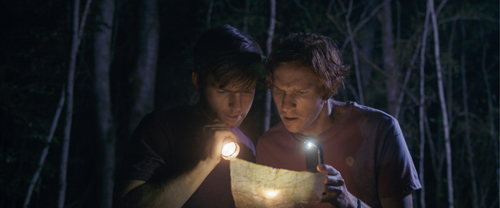
 To date, the strongest argument against the multiverse concept as entertainment is Intermate, a witless waste of digital space. It posits a virtual dating game, also named Intermate, in which players visit actual “baby universes” and make a random hand gesture that triggers ultra-euphoric mindgasms.
To date, the strongest argument against the multiverse concept as entertainment is Intermate, a witless waste of digital space. It posits a virtual dating game, also named Intermate, in which players visit actual “baby universes” and make a random hand gesture that triggers ultra-euphoric mindgasms.
The attractive Desa (Lauren York, Airplane Mode) serves as the game’s spokesperson, but she doesn’t play. Except when she does, joining equally attractive friends (Kidnap’s Malea Rose and Hunt Club’s Maya Stojan) in a round that sends them to Earth. They’re stuck on our strange world when a pink-necked space repairman (Jonathan Goldstein, Body of Influence 2) works to disrupt the game.
Or something like that. Written in part by director Richard Lerner (Revenge of the Cheerleaders), the story makes as much sense as the game’s convoluted rules: zilch. If only the repairman had disrupted his own movie!
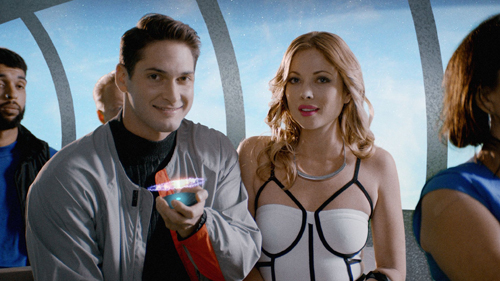
Don’t just take my word for it; on the movie’s own website, Goldstein calls the script “really dense” on a “red carpet” interview: “We were all trying to figure it out.” Rose echoes that, admitting, “When you read the script, you’re like, ‘What is going on?’ … You’re thinking to yourself, ‘Oh, no, this is bad.'”
Boy, is it ever. The sci-fi tale plays like a comedy, but Lerner’s Q&A on the aforementioned site implies its campy vibe is accidental. That checks out because the movie is bereft of a single laugh, through no fault of the actors. Okay, there’s almost one good joke, however unintended: The ladies go to a rock club named, judging from the letter-sized piece of paper taped outside, Rock Club.
 I imagine the real fun is the behind-the-scenes story, as Intermate originally came out as 2019’s slightly longer Flashout. Three years later, it sports a new opening and is “sexier.” I assume the former entails the exposition-packed title card that works against its purpose of adequately orienting viewers. As for the latter, Lerner depicts each male’s climax with quick cuts of bikini- and undie-clad torsos put through a tie-dyed filter, while a closing-credits disclaimer confirms as suspected, “Body and négligée shots in ‘flashouts’ not performed by Cast.”
I imagine the real fun is the behind-the-scenes story, as Intermate originally came out as 2019’s slightly longer Flashout. Three years later, it sports a new opening and is “sexier.” I assume the former entails the exposition-packed title card that works against its purpose of adequately orienting viewers. As for the latter, Lerner depicts each male’s climax with quick cuts of bikini- and undie-clad torsos put through a tie-dyed filter, while a closing-credits disclaimer confirms as suspected, “Body and négligée shots in ‘flashouts’ not performed by Cast.”
None of this is sexy. In fact, running counter to the Lerner filmography, the whole thing is nudity-free — exceedingly odd since it resembles every Surrender Cinema release, down to the questionable computer animation. It’s as if whoever funded production found Jesus between shooting and editing, thereby threatening to pull out if the sex weren’t excised. That’s not to suggest any amount of added flesh could keep Intermate from being less interminable. —Rod Lott






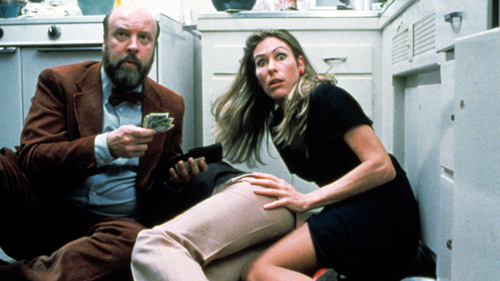
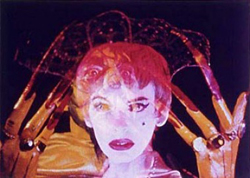

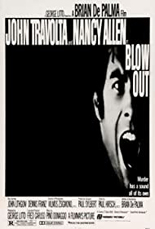
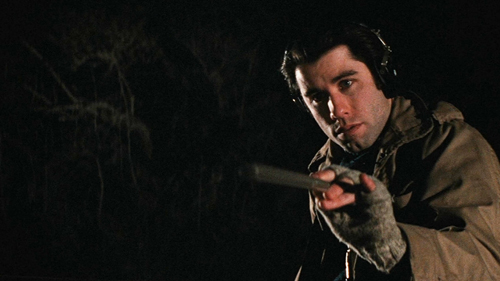

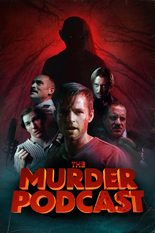 Pot humor may help
Pot humor may help 